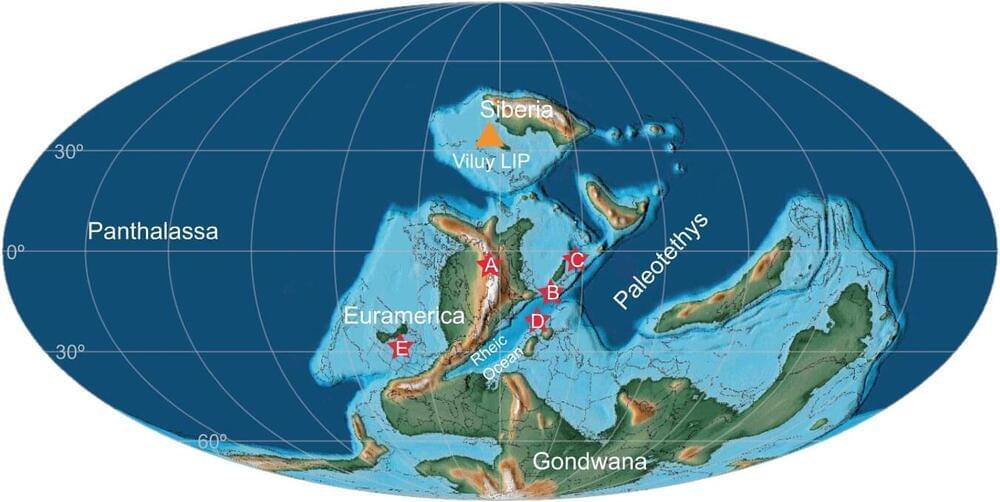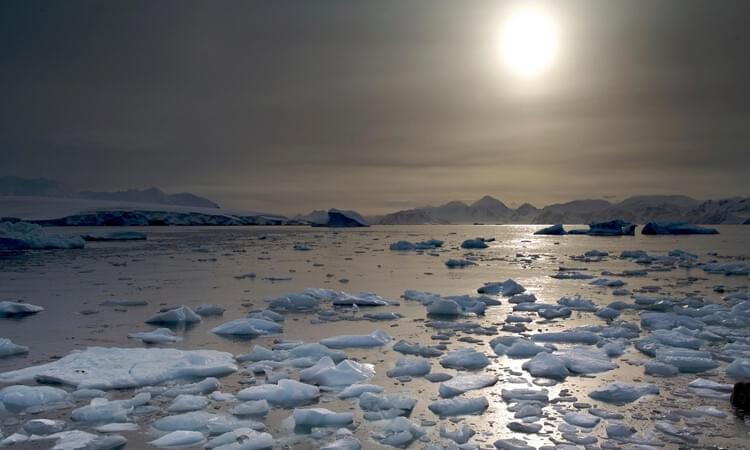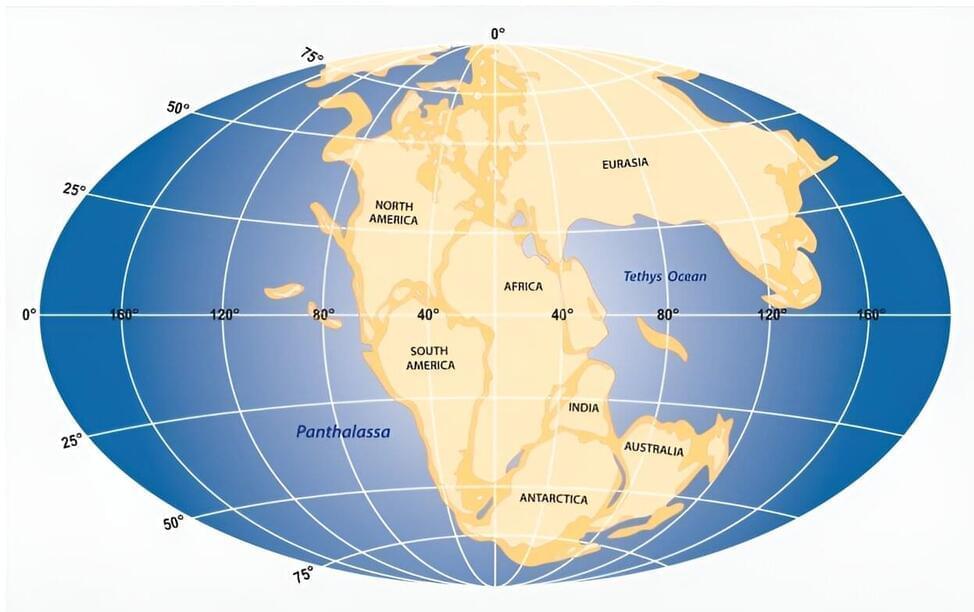Juan Bernabé-Moreno is IBM’s director of research for Ireland and the United Kingdom. The Spanish computer scientist is also responsible for IBM’s climate and sustainability strategy, which is being developed by seven global laboratories using artificial intelligence (AI) and quantum computing. He believes quantum computing is better suited to understanding nature and matter than classical or traditional computers.
Question. Is artificial intelligence a threat to humanity?
Answer. Artificial intelligence can be used to cause harm, but it’s crucial to distinguish between intentional and malicious use of AI, and unintended behavior due to lack of data control or governance rigor.







